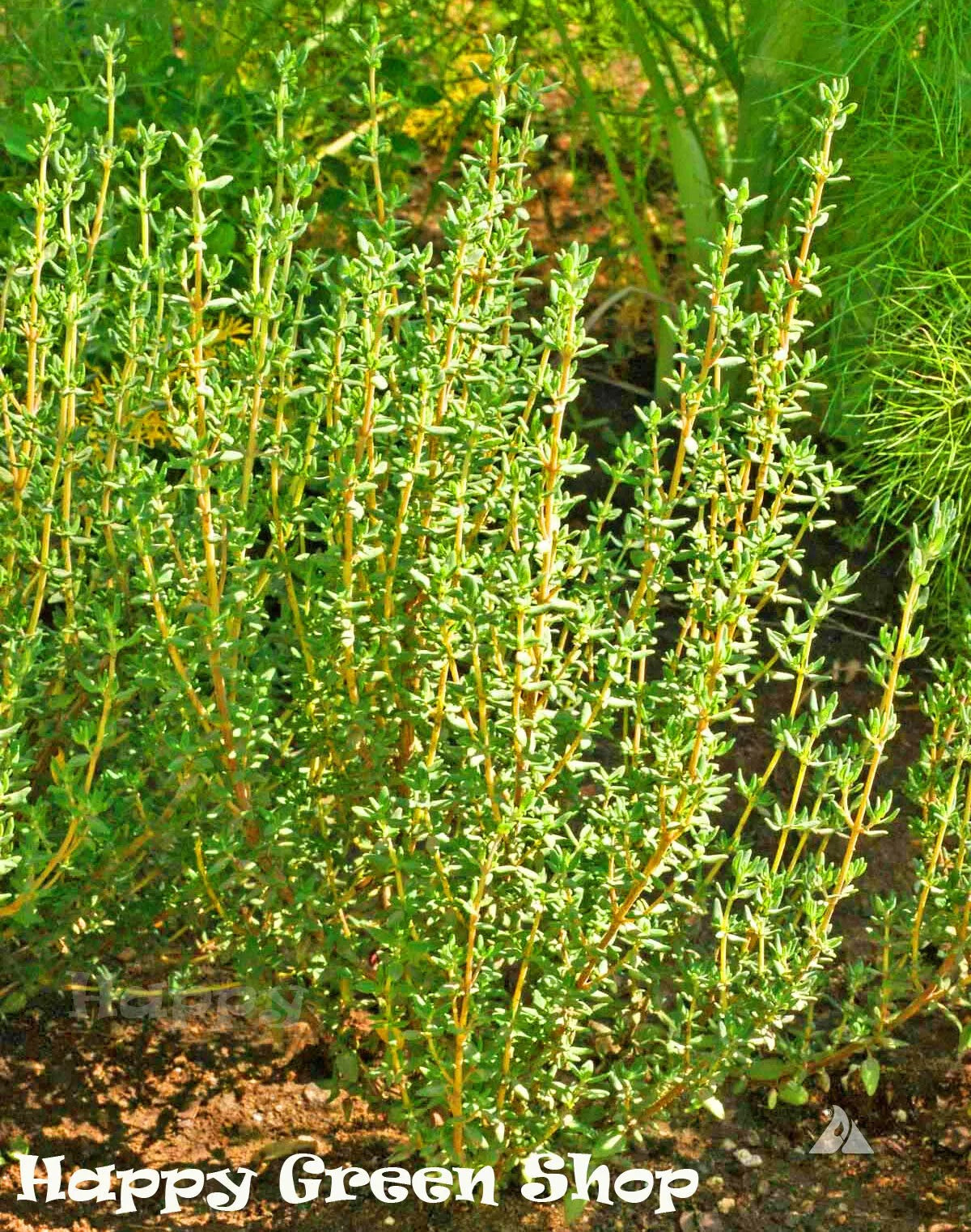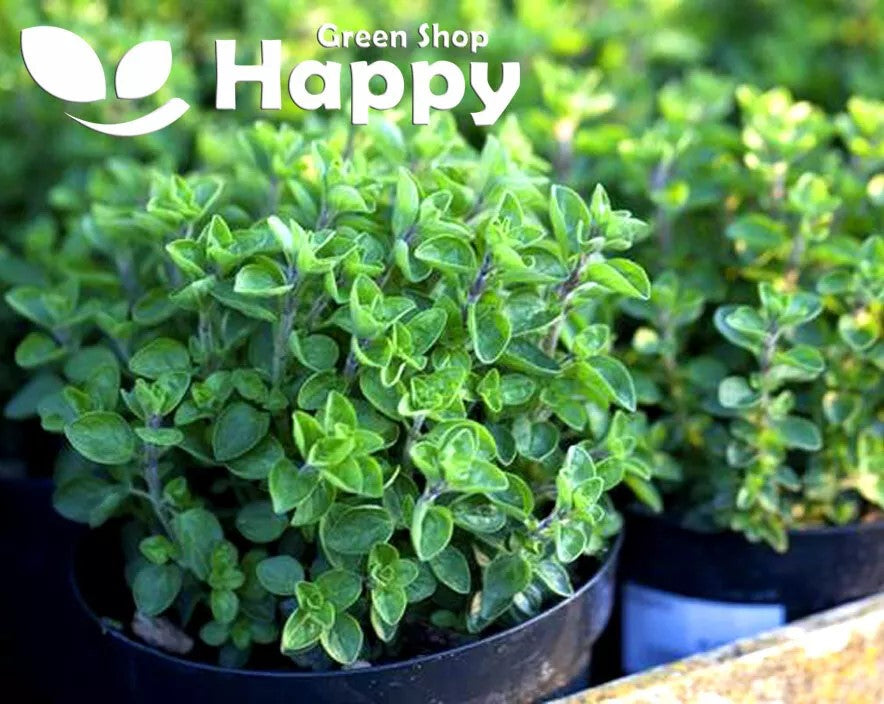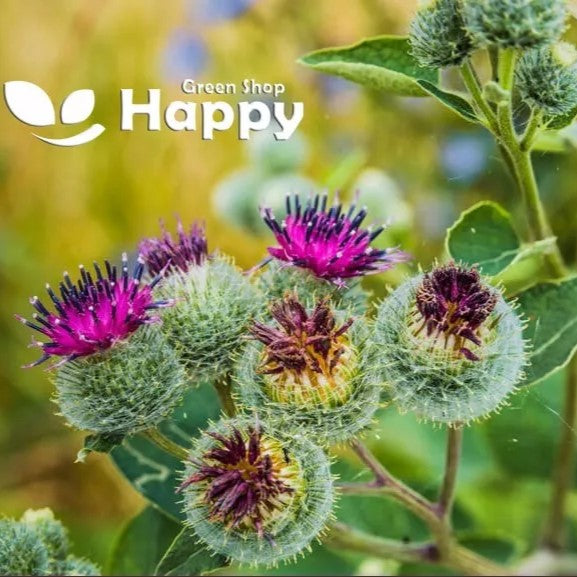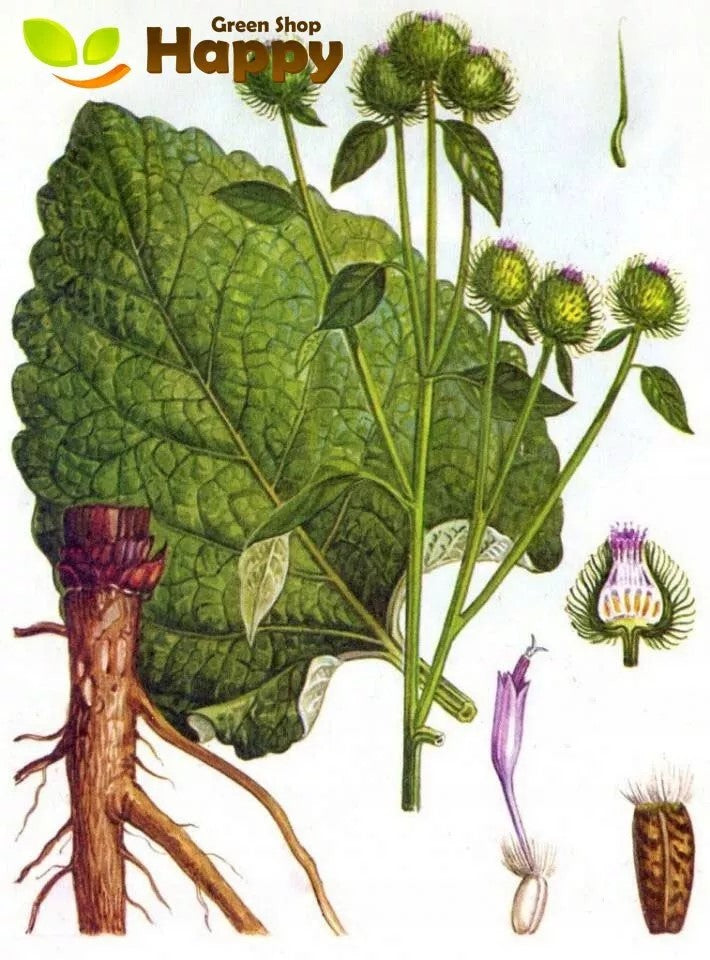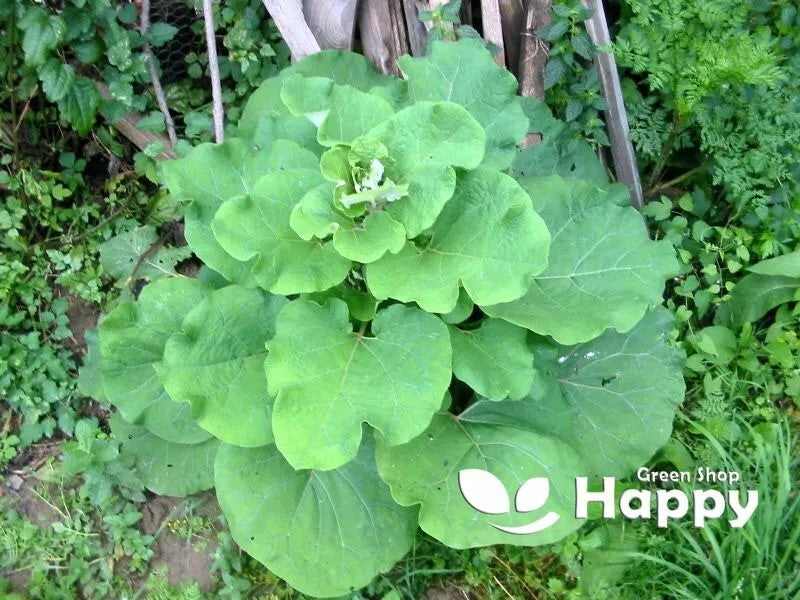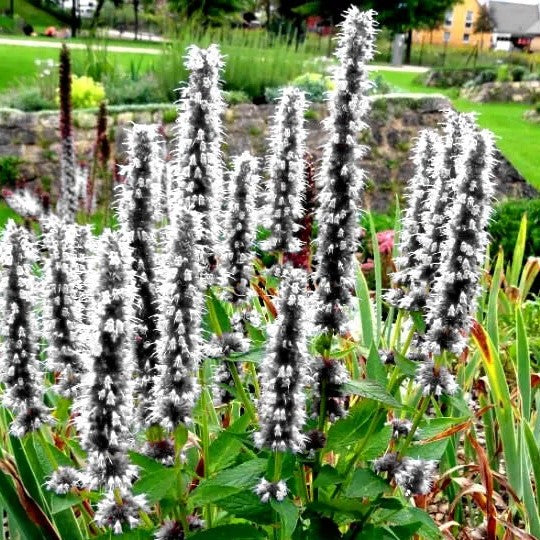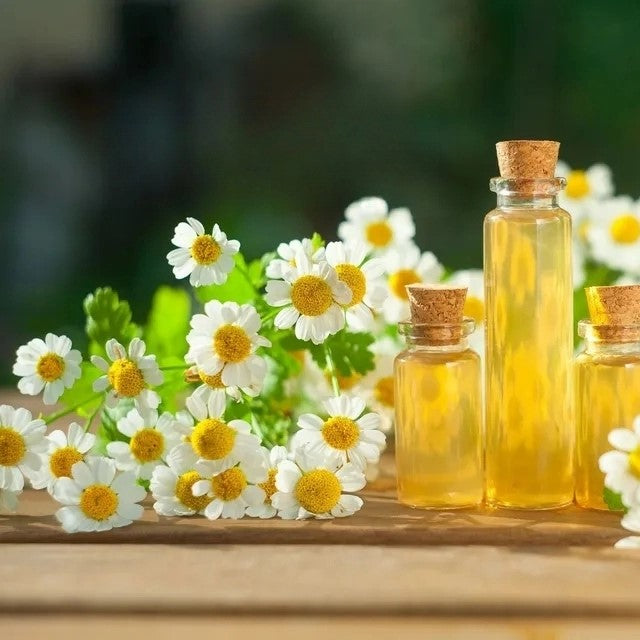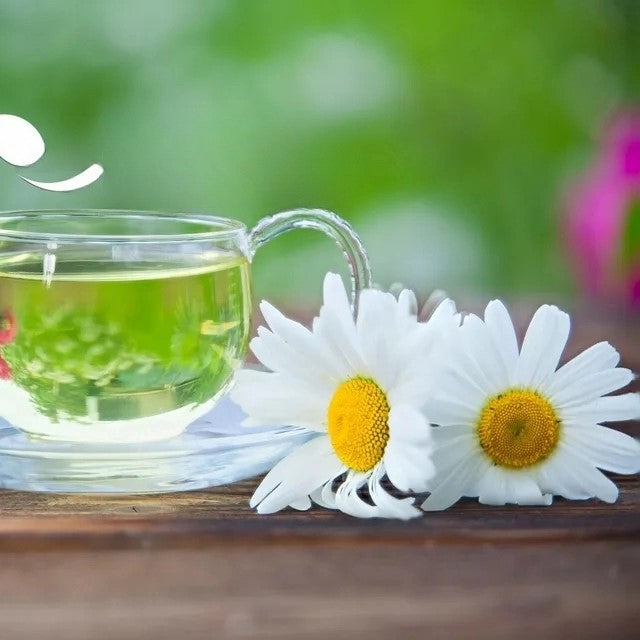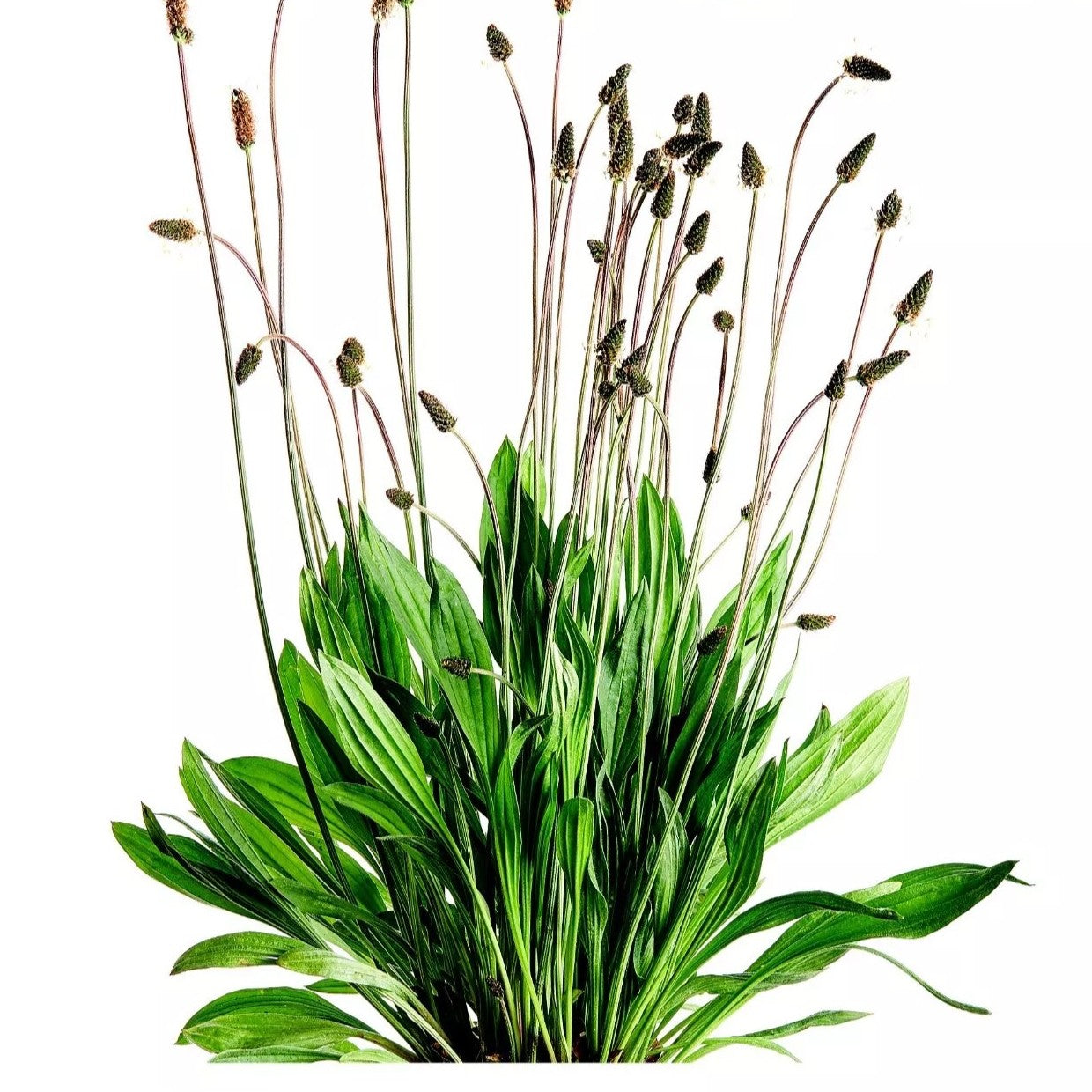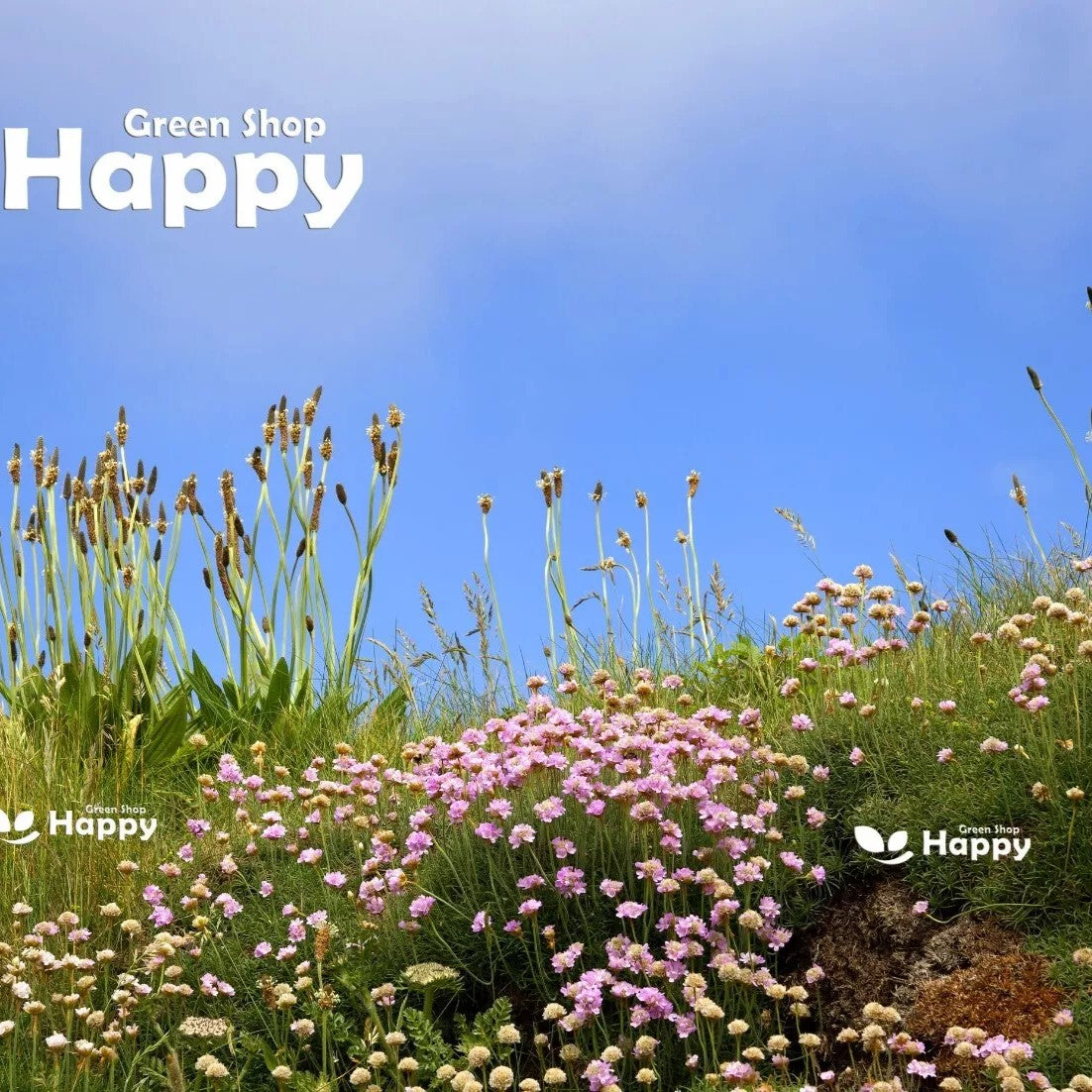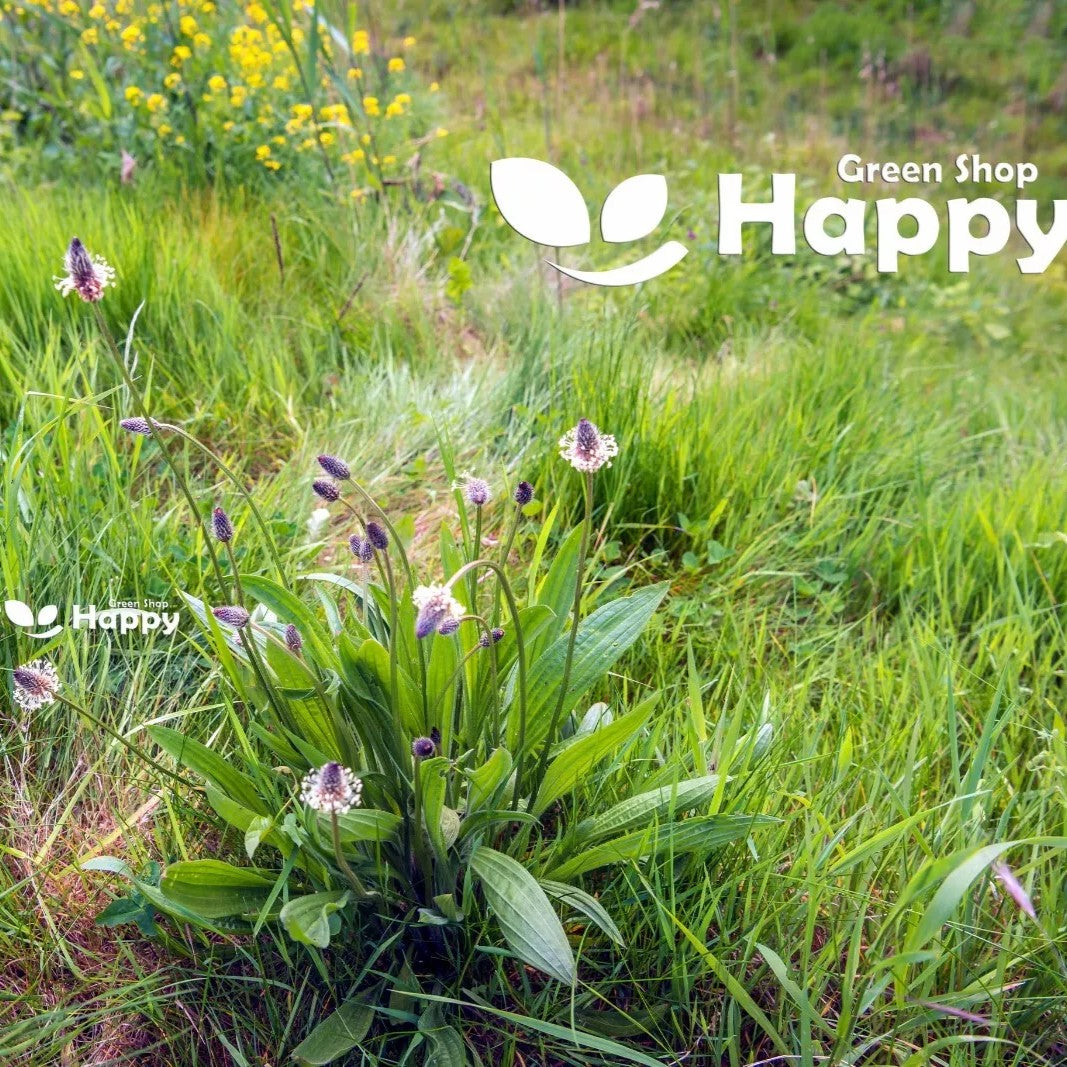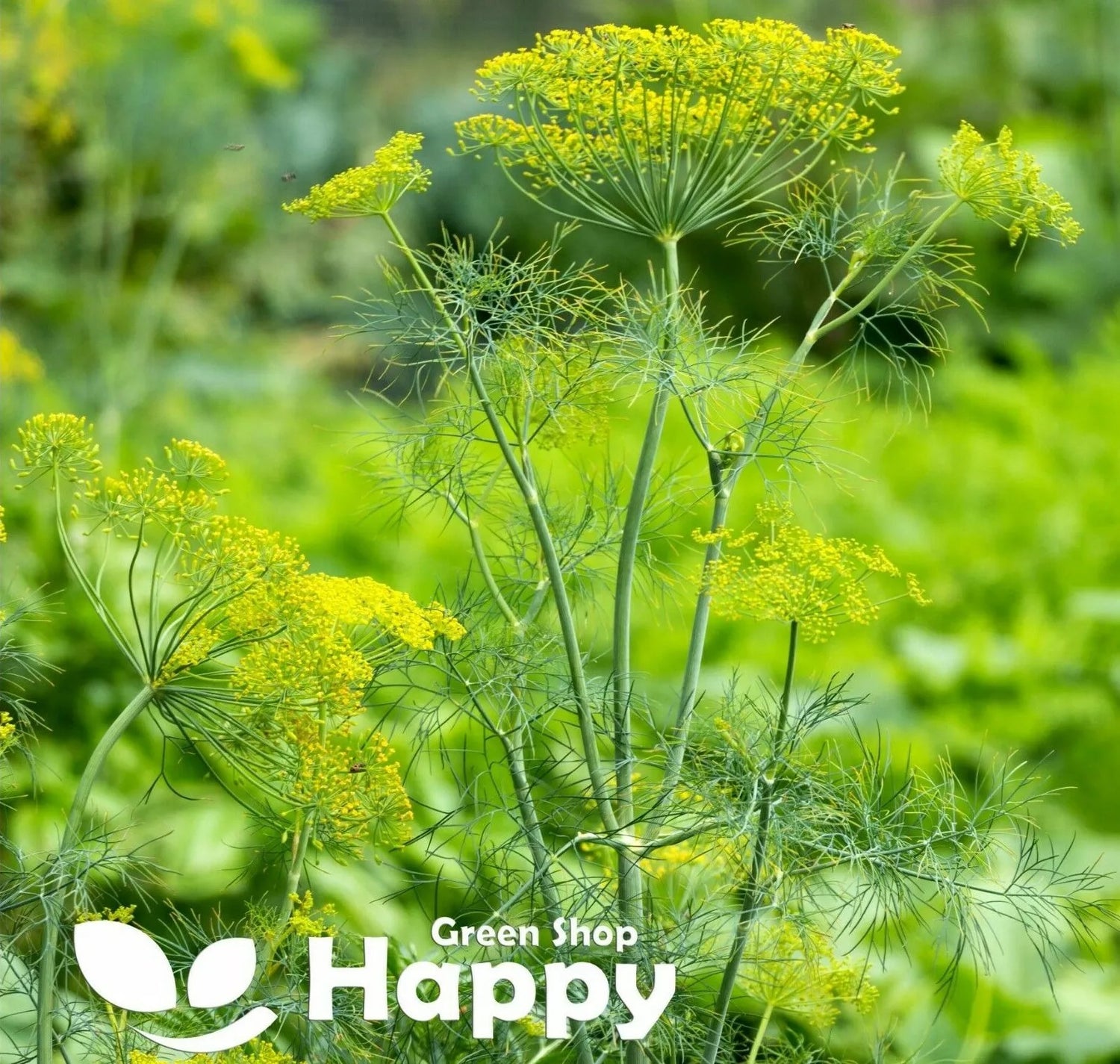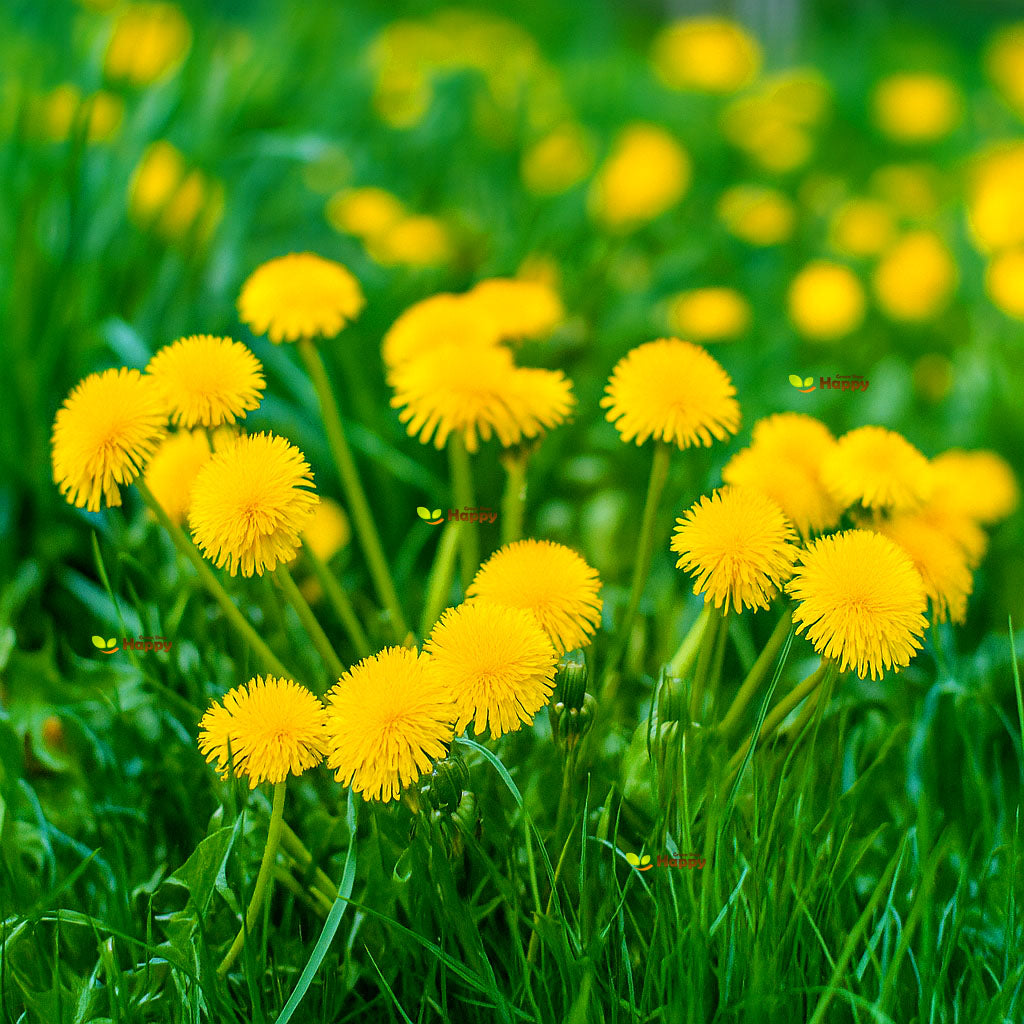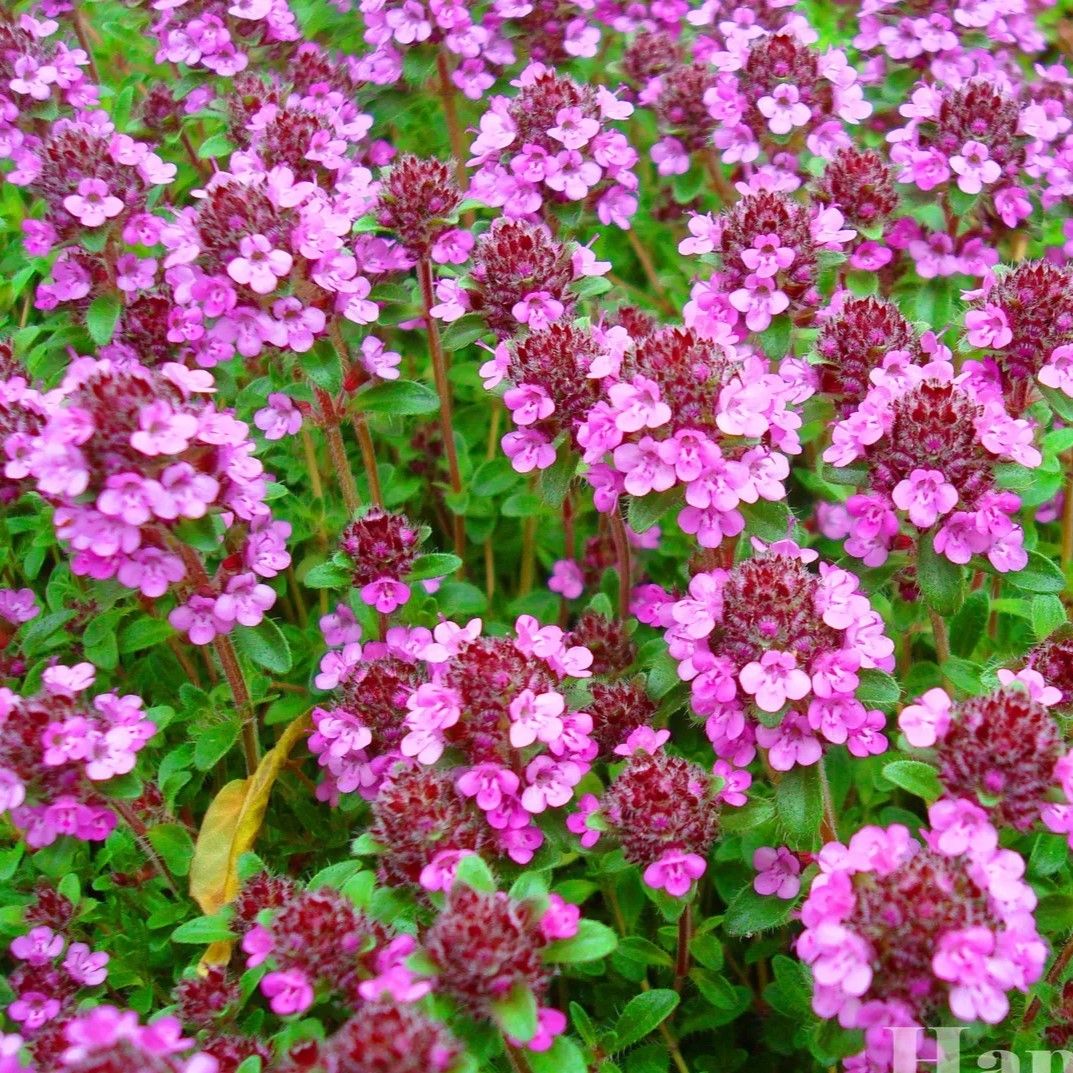Sort by:
32 products
32 products
Herb Sage – Seeds
(Salvia officinalis)
Herb Sage is a hardy perennial herb prized for its aromatic leaves and culinary versatility. Perfect for seasoning meats, soups, and sauces, its gray-green foliage also adds texture and fragrance to herb gardens. Easy to grow and drought-tolerant once established, it attracts pollinators and enhances both edible and ornamental plantings.
Why Grow Herb Sage?
-
Aromatic leaves for culinary and medicinal use
-
Hardy perennial, drought-tolerant once established
-
Attracts bees and pollinators
-
Adds texture and fragrance to gardens
Key Features
-
Type: Perennial herb
-
Height: 30–60 cm
-
Flowers: Blue-purple, late spring to summer
-
Position: Full sun
-
Soil: Well-drained, moderately fertile
Ideal For
-
Herb and culinary gardens
-
Pollinator-friendly plantings
-
Containers, borders, and rockeries
-
Perennial garden beds
Sowing & Growing
-
Sow indoors: February–April in seed trays
-
Sow outdoors: April–May directly in prepared soil
-
Germination: 14–21 days at 18–20°C
-
Spacing: 25–30 cm apart
-
Care: Moderate watering; prune after flowering to encourage fresh growth
Greek Oregano – Seeds (Origanum hirtum)
Greek Oregano (Origanum hirtum) is a robust perennial herb, prized for its intensely aromatic leaves that are essential in Mediterranean cooking. Known for its strong flavor, it is a must-have for seasoning pizzas, pasta, roasted meats, and vegetables. Easy to grow and drought-tolerant, it also produces clusters of small white flowers that attract bees and other pollinators.
Why Grow Greek Oregano?
-
Classic Mediterranean herb with strong, authentic flavor
-
Hardy perennial, easy to maintain
-
Drought-tolerant and thrives in poor soils
-
Attracts bees and pollinators when in bloom
Key Features
-
Type: Perennial herb
-
Height: 30–60 cm
-
Spread: 30–45 cm
-
Flowering: June–August
-
Position: Full sun
-
Soil: Light, well-drained
Ideal For
-
Culinary herb gardens
-
Mediterranean and rock gardens
-
Container growing
-
Pollinator-friendly borders
Sowing & Growing
-
Sow indoors: February–April in trays/pots
-
Germination: 10–21 days at 18–22°C
-
Transplant outdoors: After frost risk has passed
-
Direct sow outdoors: May–June
-
Spacing: 25–30 cm apart
-
Harvest leaves regularly for best flavor
Tip: Trim plants after flowering to keep them compact and encourage fresh growth.
Great Burdock Seeds (Arctium lappa)
Grow a versatile and medicinally valued plant with Great Burdock (Arctium lappa). Known for its large, edible roots and striking purple flower heads, this hardy biennial is perfect for vegetable gardens, herbal use, and natural landscaping. Easy to cultivate, it also attracts pollinators and adds architectural interest with its tall stems and broad leaves.
How to Grow
-
Sow seeds directly outdoors in spring after the last frost.
-
Use fertile, well-drained soil in full sun.
-
Sow seeds thinly and cover lightly with soil.
-
Keep soil moist until germination (10–20 days).
-
Thin seedlings to 30–50 cm apart to allow ample root development.
-
Harvest roots in the first year for medicinal use or leave to mature in the second year for flowers and seeds.
Key Features
-
Large edible roots valued for culinary and medicinal use
-
Striking purple thistle-like flower heads
-
Hardy biennial with rapid growth and tall stems
-
Attracts bees and pollinators
-
Architectural foliage adds interest to gardens
Ideal For
-
Vegetable and herb gardens
-
Natural or wildlife-friendly landscapes
-
Pollinator-friendly planting
-
Culinary and herbal uses
Sowing
-
Best time: Spring after the last frost
-
Germination: 10–20 days
-
Sow thinly and cover lightly with soil
-
Prefers full sun and fertile, well-drained soil
Quick Tip
-
For the best edible roots, harvest before the plant flowers in its first year.
Giant Hyssop White – Seeds (Agastache mexicana)
Giant Hyssop White (Agastache mexicana) is a stunning perennial that produces elegant white flower spikes with a delicate fragrance. Blooming from summer to early autumn, its aromatic foliage and nectar-rich flowers are a magnet for bees, butterflies, and hummingbirds. Hardy, drought-tolerant, and easy to grow, it adds vertical structure, fragrance, and brightness to borders, herb gardens, and pollinator-friendly plantings.
Why Grow "Giant Hyssop White"
-
Tall spikes of elegant white flowers
-
Fragrant foliage with a long flowering season
-
Hardy, drought-tolerant, and low-maintenance
-
Highly attractive to pollinators
Key Features
-
Type: Perennial (Agastache mexicana)
-
Height: 60–100 cm
-
Flowering: Summer to early autumn
-
Position: Full sun
-
Uses: Borders, herb gardens, cottage gardens, pollinator planting
Ideal For
-
Adding height and brightness to borders
-
Pollinator-friendly and wildlife gardens
-
Cottage-style and herb gardens
-
Drought-tolerant, easy-care planting
Sowing & Growing
-
Sow indoors: February–April in trays or pots
-
Sow outdoors: April–May after frost
-
Germination: 14–21 days at 18–22°C
-
Thin seedlings 25–30 cm apart
-
Prefers well-drained soil in full sun
-
Water sparingly once established
German Chamomile – Seeds (Matricaria recutita)
Bring calm and fragrance to your garden with German Chamomile, a charming annual herb prized for its daisy-like white flowers and soothing aroma. Traditionally used for herbal teas and natural remedies, this variety is easy to grow, highly productive, and also attracts pollinators to your garden. A perfect choice for herb beds, borders, and pots.
How to Grow
. Sow indoors from February to April, lightly pressing seeds onto the surface of moist compost – do not cover as they need light to germinate
. Transplant seedlings outdoors after the last frost, spacing 20–25 cm apart
. Alternatively, sow outdoors directly in April to May in well-drained soil
. Prefers a sunny position with average to light soil
. Water sparingly, as chamomile thrives in slightly dry conditions
Key Features
. Delicate white blooms with yellow centers
. Traditional herb for calming teas and remedies
. Attracts bees, butterflies, and beneficial insects
. Easy to grow, tolerant of poor soils
. Ideal for borders, herb gardens, and containers
Ideal For
. Herbal tea lovers and home remedies
. Pollinator-friendly gardens
. Cottage gardens and borders
. Container growing
Sowing & Harvest
. Sow: February – May
. Harvest: June – September
Quick Tip
Harvest flowers on warm, dry days and dry them for homemade chamomile tea with the best flavor and aroma.
English Plantain – Seeds (Plantago lanceolata)
English Plantain is a hardy perennial herb valued for its medicinal properties and ecological benefits. Known for its narrow, lance-shaped leaves, it is often used in herbal remedies, teas, and natural skincare preparations. English Plantain is also a beneficial plant for pollinators and soil health, making it perfect for ecological or medicinal gardens.
This low-maintenance plant thrives in a variety of soils and conditions, returning year after year with minimal care.
How to Grow
-
Sow outdoors: March – May
-
Plant spacing: 20–25 cm between plants
-
Position: Full sun to partial shade
-
Soil: Well-drained, moderately fertile soil
-
Care: Minimal maintenance; water during dry periods; remove weeds to prevent competition
Key Features
-
Hardy perennial with lance-shaped leaves
-
Medicinal uses for teas, herbal remedies, and skincare
-
Low-maintenance and drought-tolerant
-
Supports pollinators and improves soil health
-
Suitable for ecological, medicinal, or wildflower gardens
Harvest
-
Harvesting period: 60–90 days after sowing
-
Leaves can be harvested as needed; best used when young and tender.
Short Tip
Sow in well-drained soil and allow natural self-seeding to create a sustainable, low-maintenance plant patch.
Dill Seeds (Anethum graveolens)
Bring fresh flavor and fragrance to your garden with Dill, a versatile culinary and medicinal herb. Known for its delicate feathery foliage and aromatic seeds, dill is a must-have for seasoning fish, soups, pickles, and salads. Easy to grow and quick to mature, it also attracts beneficial pollinators, making it a perfect addition to herb beds and kitchen gardens.
How to Grow
-
Sow directly outdoors from spring to early summer.
-
Prefers light, well-drained soil in full sun.
-
Sow thinly, 0.5–1 cm deep in rows 30 cm apart.
-
Thin seedlings to 15 cm spacing.
-
Avoid transplanting as dill dislikes root disturbance.
Key Features
-
Aromatic herb with feathery foliage and seeds
-
Delicious for seasoning fish, soups, salads, and pickles
-
Quick-growing and easy for beginners
-
Attracts bees and beneficial insects
-
Dual use: fresh leaves and dried seeds
Ideal For
-
Home cooking and herbal tea
-
Pickling and preserving vegetables
-
Companion planting in the garden
-
Attracting pollinators and beneficial insects
Sowing
-
Best time: March to June
-
Depth: 0.5–1 cm
-
Row spacing: 30 cm
-
Plant spacing: 15 cm after thinning
-
Harvest: Leaves in 6–8 weeks, seeds later in the season
Quick Tip
-
For a continuous supply, sow dill little and often every 2–3 weeks through the summer.
Dandelion – Seeds (Taraxacum officinale)
Dandelion (Taraxacum officinale) is a hardy perennial known for its bright yellow flowers and fluffy seed heads. A versatile and low-maintenance plant, it attracts pollinators such as bees and butterflies, supports beneficial insects, and can be used in salads, teas, and herbal remedies. Ideal for wildflower gardens, meadows, and naturalized areas, it adds color and ecological value while requiring minimal care.
Why Grow "Dandelion"
-
Bright yellow flowers and distinctive seed heads
-
Attracts pollinators and beneficial insects
-
Edible leaves and flowers for salads and teas
-
Low-maintenance and hardy in most soils
Key Features
-
Type: Perennial (Taraxacum officinale)
-
Height: 15–30 cm
-
Flowering: Spring to autumn
-
Position: Full sun to partial shade
-
Uses: Wildflower gardens, meadows, naturalized areas, edible gardens
Ideal For
-
Naturalized or meadow-style gardens
-
Pollinator-friendly planting
-
Edible and herbal gardens
-
Gardeners seeking low-maintenance, ecological plants
Sowing & Growing
-
Sow indoors: Early spring
-
Sow outdoors: Directly in soil after frost
-
Germination: 7–14 days
-
Space seedlings: 10–15 cm apart
-
Prefers well-drained soil and sunny locations
Creeping Thyme Seeds (Thymus serpyllum)
A fragrant and low-growing perennial, Creeping Thyme forms a dense mat of tiny evergreen leaves topped with clusters of purple-pink blooms in summer. Hardy and drought-tolerant, it’s ideal as ground cover, for filling gaps between paving stones, or spilling over rock walls. Highly attractive to bees and pollinators, it’s both ornamental and practical.
What Makes It Special
-
Fragrant foliage and carpets of summer blooms
-
Hardy, drought-tolerant, and evergreen ground cover
-
Attracts bees, butterflies, and pollinators
Key Features
-
Botanical name: Thymus serpyllum
-
Hardy perennial, evergreen
-
Height: 5–10 cm (2–4 in)
-
Bloom time: Summer
Ideal For
-
Ground cover and edging
-
Rock gardens and between paving stones
-
Pollinator-friendly landscapes and herb gardens
Sowing
-
Sow indoors Feb–Apr or outdoors Apr–Jun
-
Surface sow; press seeds gently, do not cover deeply
-
Keep moist until germination (14–28 days at 15–20°C)
-
Thin seedlings 15–20 cm apart
-
Flowers the second year after sowing
Showing 27/32





